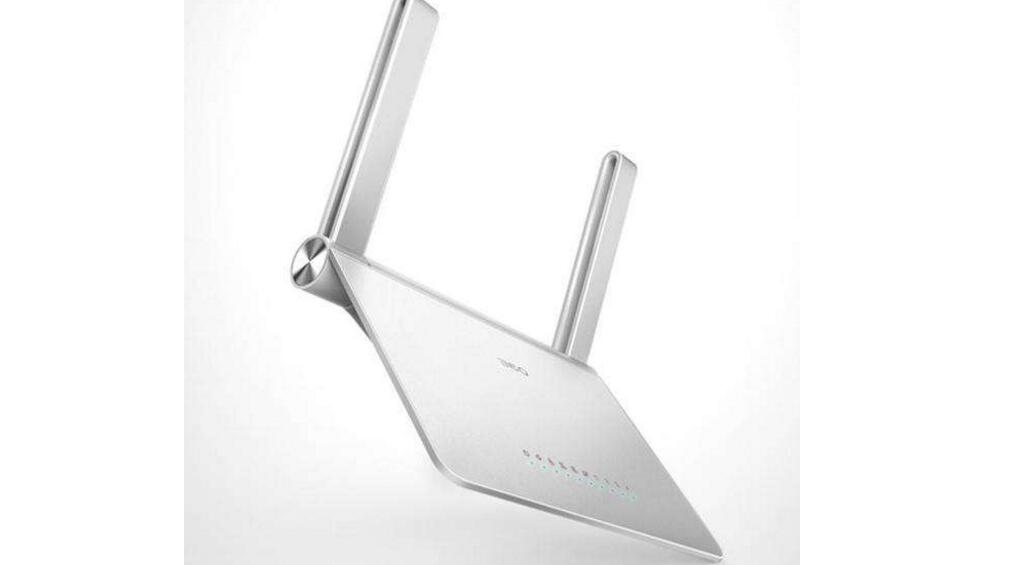What are the benefits of 5g routers
Currently, the frequency band used by 150M routers is 2.4HZ, and 5G is 5HZ, which is also known as the Gigabit wireless router. In comparison, the benefit of 5G's frequency band is that it is more resistant to interference. The signal is more stable. The coverage is wider. The upper limit of the bottleneck of data transmission is higher.
5g router features
1. Good anti-interference, because the signal energy of the 5G band is large, but the coverage is weak, that is, the coverage of a large room, the impact of penetrating through the wall is large, which leads to small interference between the routers, and The frequency is different from the existing 2.4G router signal, so the signal is very stable.

3. There are requirements for receiving and transmitting equipment. For example, some old models of wireless receivers for mobile phones and laptops do not support 5G, even if the router has 5G turned on, you ca n’t find its signal. You need to buy a dedicated wireless network card.
Is a 5g router necessary?
First of all, the router's 5GWiFi has nothing to do with 4G / 3G on our mobile phones, not an upgraded version of 4G. 5GWiFi is actually Wi-Fi using 802.11ac protocol, which is the fifth generation technology
For example: Jiu Guojun bought a Ferrari Super Run (Fantasy Fantasy). It can only drive 70 in the city, and 120 on the highway, and more than 300 on the racing track. But if you only have an ordinary bicycle, you can ride up to 3 or 40 if you are exhausted. It does n’t matter which way you go.
Your bandwidth is equivalent to the performance of the car. The larger the bandwidth, the faster the speed. 2.4GWIFI is equivalent to urban roads, which are relatively crowded, and 5GWIFI is quite equivalent to highways, which can increase the upper limit. But no matter how good the road is, it's useless if the car doesn't work. So if you use 1M broadband, even 5GWIFI, you can't use 100M broadband with 2.4GWIFI.
5GWi-Fi is born to avoid the problem of mutual interference, because currently this frequency is used less. Except for some flagship mobile phones, most low-end mobile phones only support 2.4G.

 Networking
Networking EMBEDDED SYSTEMS
EMBEDDED SYSTEMS Switches
Switches Wireless Solutions
Wireless Solutions Industrial Computer
Industrial Computer Cloud Services
Cloud Services



